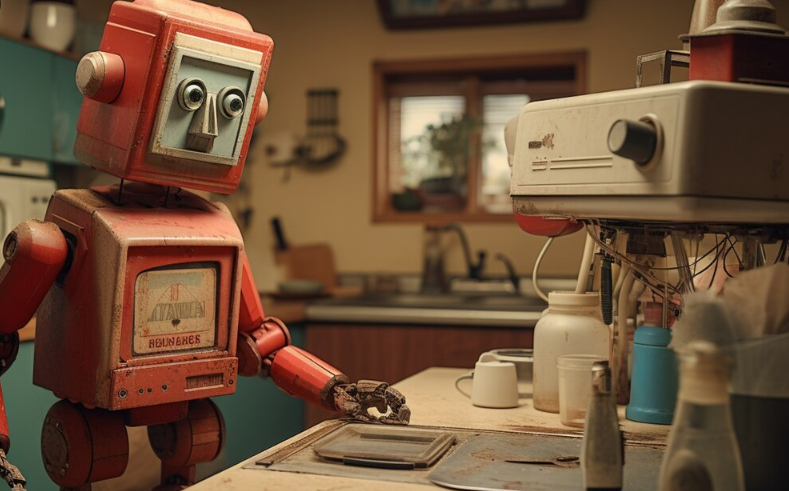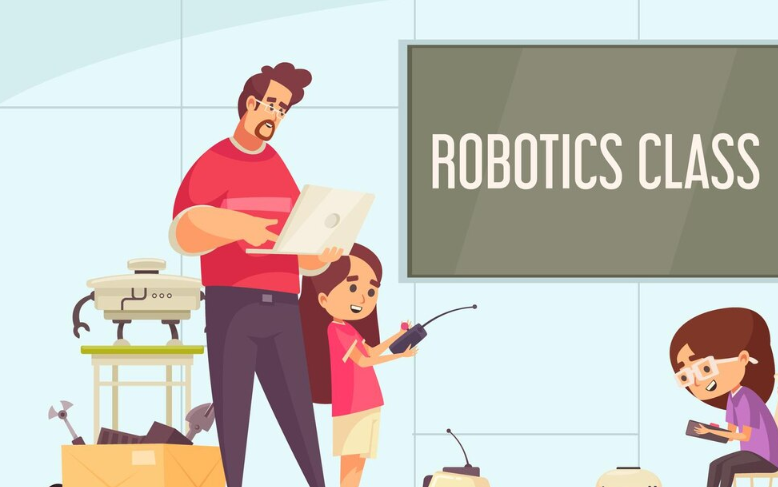In science fiction, robots often arrive fully formed—ready to serve, protect, or sometimes rebel. But in the real world, developing intelligent machines is less like building a device and more like raising a child. The idea of raising robot children may sound whimsical, but it reflects a deep truth about the relationship between humans and learning machines.
What Does It Mean to “Raise” a Robot?
Unlike traditional machines, many modern robots are powered by artificial intelligence and machine learning. These systems don’t come preloaded with all the knowledge they need. Instead, they learn from experience, training data, feedback, and interaction—much like a human child.
Key Parallels:
- Learning by example: Just as children imitate adults, robots learn from demonstrations and datasets.
- Trial and error: Mistakes are part of the process. A robot must fall before it can walk—sometimes literally.
- Emotional shaping: Social robots, in particular, must learn when and how to express empathy, patience, or humor.
Teaching Right from Wrong
One of the biggest challenges in raising robot children is teaching them values. While a child might learn morality from stories, culture, and caregivers, robots depend on their programming and data.
Designers and ethicists must make careful decisions:
- What actions should a robot consider harmful?
- How should it resolve conflicts between commands and ethical principles?
- Should a robot ever say “no” to a human?
Teaching morality to machines isn’t just about hardcoding rules—it’s about shaping responses in complex, ambiguous situations.
The Role of the Human “Parent”
In this metaphor, engineers, programmers, and even users become the parents of robot children. Their role involves:
- Modeling behavior: Robots trained in environments with biased or harmful behavior will reflect those patterns.
- Setting boundaries: Just as children need limits, robots need constraints to prevent misuse or errors.
- Providing feedback: Through reinforcement learning or simple corrections, human input helps refine robotic behavior over time.
Much like parenting, raising robots requires patience, responsibility, and long-term thinking.
Learning Through Play
Play is essential in childhood development—and surprisingly, it plays a role in robotics too. Researchers often design environments where robots can experiment, explore, and learn freely without high risks. These “robot playgrounds” allow for:
- Safe exploration
- Adaptive learning
- Social interaction with humans or other machines
By encouraging curiosity and creativity, we allow robots to develop more natural, flexible intelligence.
Challenges and Future Questions
Raising robot children raises deep questions about identity, autonomy, and the future of humanity:
- Can a robot develop a personality?
- Should robots have rights if they become emotionally aware?
- At what point does a learning machine stop being a tool and start becoming a being?
As robots grow more advanced, these questions will move from philosophy to policy.
Conclusion
Raising robot children is more than a metaphor—it’s a shift in how we relate to technology. It challenges us to become not just designers, but mentors. As our robotic “offspring” learn to navigate the world, we must teach them not only to be smart, but to be wise, ethical, and responsible.
After all, the future may not be built in factories, but raised in labs, workshops, and homes—one algorithm at a time.


